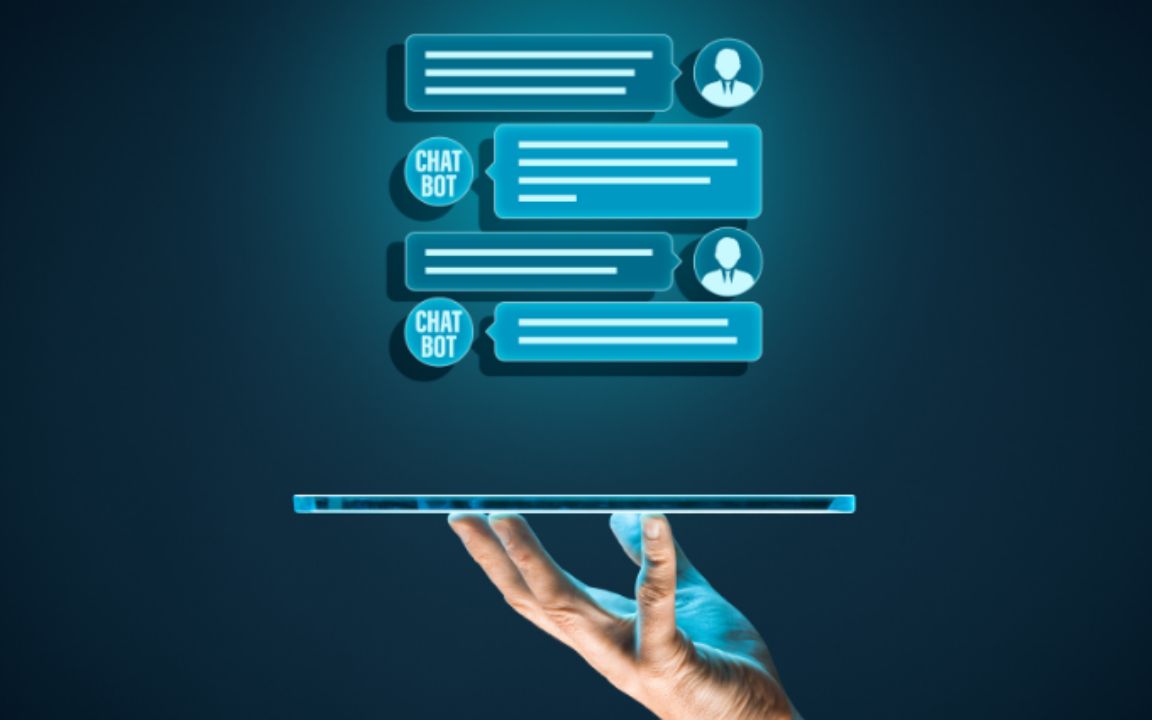Our partners, USU, recently released a whitepaper on ‘Next Generation Chatbots’, so we thought we would summarise some of our key takeaways from it for you. However, if you are interested in reading it in full for yourself, let me know. I’d be more than happy to send you a copy.
At the beginning of 2017, the chatbot craze was well and truly happening. There were a lot of promises being made about how this new technology – AI – would revolutionise customer service through automation.
However, not all that glitters is gold – chatbots went through the inevitable growing pains that so many (if not all) new technologies go through. Many organisations had to dial back their plans and expectations when they discovered that the technology wasn’t delivering on the promise of AI.
But this isn’t necessarily the fault of the technology – or to say that chatbots are a failure. Many organisations rushed to deploy this technology without stopping to consider whether they should and how introducing it would add value to their customers’ experiences. As this technology continues to develop, the value it can offer to organisations will be clear.
So what does this next generation of chatbots look like?
While it’s easy to focus on how new technology can save our organisations time and money, the key metric to be considering is how it will impact your customers’ experiences. Improving KPIs is merely an added benefit.
Therefore, a chatbot should not just be able to understand what a customer says but be able to understand and provide the solution they need – not just direct them to an FAQ page.
For a successful dialogue to occur between chatbot and customer, it is crucial that the chatbot understands the customer’s input and be able to return answers to the customer that are useful and relevant for their specific needs. Also critical is that the dialogue should feel natural – just because the customer is talking to a bot does not mean it should feel like they are.
Here, the principle of conversation design is key. In conversation design, dialogues are created based on usability criteria that is defined by UX designers and copywriters. This ensures that both the overall process and individual responses are delivered in a manner that works towards solving the customer’s inquiry. Surveys have shown that dialogues designed in this way provide 15% higher customer satisfaction than those not professionally designed.
The use of real dialogue is currently being developed in order to enable chatbots to not only engage in structured conversations but automatically generate appropriate responses to enquiries and request confirmation of whether the solutions provided solved the problem or not.
This will lead to higher levels of customer satisfaction, as the chatbot would only end the session once the customer has confirmed that their issue has been resolved.
The paper outlines four key questions to ask when creating a chatbot to ensure you successfully design, implement, and maintain a nextgen chatbot:
- Can your chatbot master and reliably handle the tasks it’s designed for? The narrower and more clearly defined the purpose, the more efficiently a chatbot can succeed at completing it.
- Does the chatbot solve users’ problems, answer questions, and offer real value to them? Chatbots should be able to simultaneously deliver accurate and fast solutions to customers while reducing the number of inquiries made to customer service.
- How is the dialogue structured? Does the chatbot use appropriate greetings? Is it able to ask further questions in case of any ambiguity? Is it flexible enough to get back on track in case of any incorrect solution offers or misunderstandings?
- What is the bot’s success rate? This must be continuously monitored via customer surveys and tests so that it can be further optimised as necessary.
In order to add real value, organisations should not be relying on one ‘do-it-all’ chatbot. Instead, they should be developing and deploying a series of expert bots that are specialised for particular areas – so as to avoid having bots that are too broad to be useful. However, maintaining a series of bots is another challenge in and of itself – and ensuring the correct ones are available at the relevant customer touchpoints can take significant effort.
So too few bots is not ideal – but neither is having too many that it becomes impossible to maintain. But what’s the alternative?
A new model has been developed, known as interbot, or bot-to-bot communication. This model envisions a series of interconnected specialised bots that can be dynamically called upon to deal with issues if and when they arise.
The principle behind this technology is the autonomous exchange of information between multiple specialised bots in order to generate better, more useful answers to enquiries. While there is one ‘interbot’ that serves as the customer-facing bot, it is able to forward enquiries to a series of specialised ‘microbots’. By doing so, the interbot can efficiently offer high-quality solutions and answers to customer queries – improving the customer experience.
